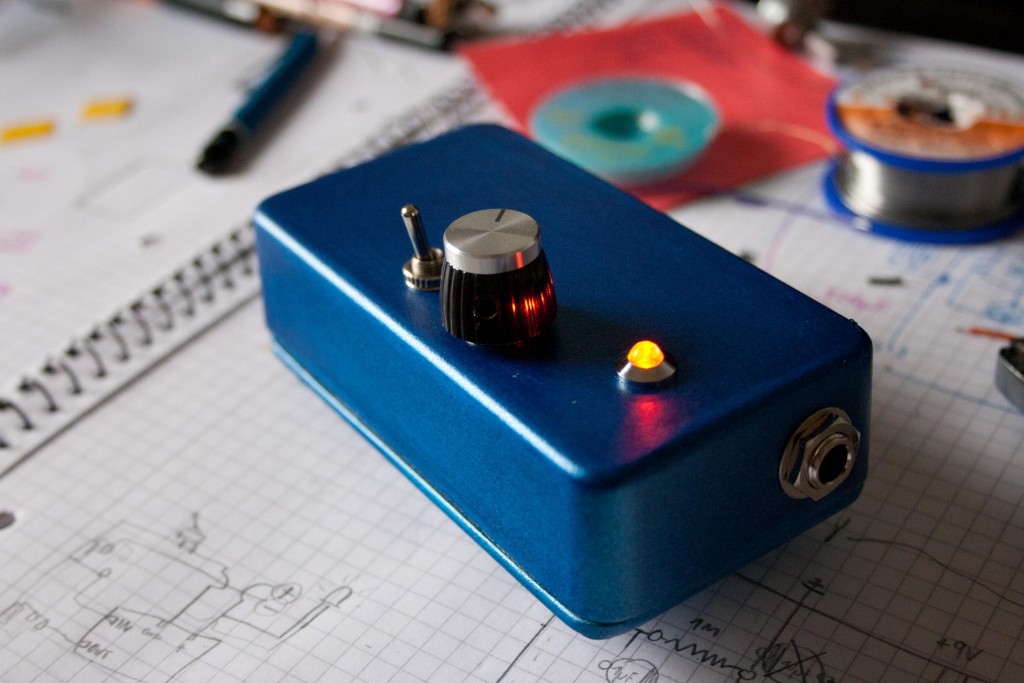About every three years, someone invents some sort of miraculous device, which will revolutionize science and/or public health in the Third World. Articles by Carolyn Kormann in the New Yorker and Ed Yong in The Atlantic describe the most recent of these—the Foldscope.
Theoretically, the Foldscope is a microscope made from a single piece of thick paper and some gadgets. The idea is that you take the paper, fold it like an origami project, attach some lenses and a light-emitting diode, and you have a microscope capable of magnifying up to 2,000 times. Add some magnets and you can attach the Foldscope to a smartphone and transmit results.
Does this sound like something you can give a child to get them interested in biology? Well, perhaps. But Kormann says that the Foldscope is a harbinger of what advocates are calling the “frugal science” movement, a way to substantially advance public health in the Third World.
Stanford biophysicist Manu Prakash developed the Foldscope. His primary backer is the Gordon and Betty Moore Foundation, but he’s also gotten Gates Foundation grants as well as some money from the National Institutes of Health.
Prakash told Kormann that he got the idea for the Foldscope on a visit to Thailand in 2011. “I found myself at a field station that had a really expensive microscope. Everyone was afraid of it. It was worth five times the salary of the person trying to operate it. It just made no sense, out there in the jungle.” So he developed his gadget.
The Moore Foundation provided enough money to enable Prakash to distribute 50,000 Foldscopes to the poor. He is hoping in particular to distribute Foldscopes to India, in the hopes that if Indian school children learn about microbes, they will be inspired to fight disease. “There is a very deep connection between science education and public health,” he says. “Unless you get people curious about the small-scale world, it’s very hard to change mindsets about diseases.”
As Kormann notes, there are lots of other low-cost gadgets out there, but cutting costs means eliminating functions. The Foldscope, at least in its current version, can’t be used to detect malaria, because the simple lenses the Foldscope uses couldn’t detect the “hook-shaped parasite” that causes malaria.
It’s often the case that inventors of new gadgets overstate the ability of developers to create devices people actually want. In 2008 Canadian student Christopher Charles discovered that a great many Cambodians were anemic, and decided if they were given iron ingots, they could put them in cooking pots, and the stews and soups Cambodians like would be laced with necessary iron. But no one wanted to add iron lumps to their cooking. It was only when Charles realized that Cambodians consider fish a symbol of good luck that the ingot was transformed into a small fish that Cambodians began to throw the “fish” into their pots. Charles and his associates are now trying to sell the re-branded “lucky iron fish” as a social enterprise.
Kormann reminds us that the great cautionary tale in “frugal science” is the One Laptop Per Child movement. The organization, backed by renowned MIT computer scientist Nicholas Negroponte, was created in 2005 with the goal of providing Third World students with an effective, useful computer that would sell for $100. The group never came up with a $100 computer, and sources differ on whether they came up with a $200 version. But software developers produced little useful software for the device, and studies showed that the gadget had no effect on reading and math scores, even in Uruguay, which bought enough laptops from the organization to supply every primary-school student in that nation with one. By 2013, the “one laptop” movement came out with its most recent product, a low-cost tablet that sold in Walmarts for $150. As this article by Dan Nosowitz in Popular Science notes, it is hard to see how Americans buying tablets in Walmarts could in any way help Third World students get computers, particularly since the “one laptop” tablet (which Nosowitz says was primarily designed “for middle-class American kids”) competing with lower-cost tablets that performed all the same functions for $50 instead of $150. Although the One Laptop Per Child nonprofit survives, the movement behind it had largely dissipated by 2014.
Foldscopes seem to me to be a neat idea. I can easily see them being a highly useful classroom tool, particularly in impoverished countries that don’t have any money for science classrooms. But although it is too early to tell if the Foldscope is a device that is useful, I strongly suspect that the device will do little or nothing to combat diseases in the Third World or make any significant impact outside the classroom.







2 thoughts on “On the newest device that will save the Third World from disease”